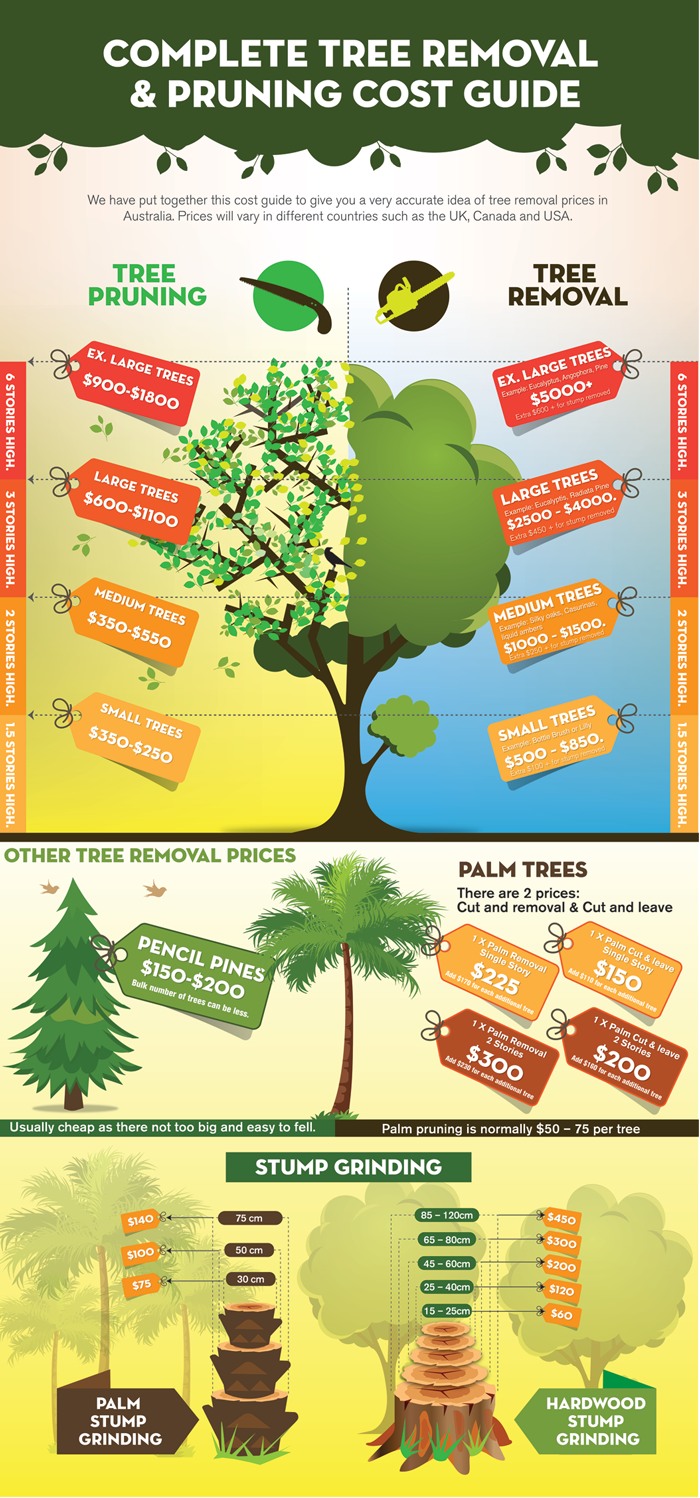Seasonal Tree Management: Methods For Looking After Trees Prior To And After Their Removal
Seasonal Tree Management: Methods For Looking After Trees Prior To And After Their Removal
Blog Article
Write-Up By-
When it comes to seasonal tree care, making certain correct administration before and after elimination can considerably affect the health and visual appeals of your landscape. By understanding the needed steps involved in assessing tree wellness and preparing for elimination, you can proactively guard your residential property. Yet what concerning hedge works to follow as soon as the tree is gone? Remain tuned to discover the crucial post-removal care measures that will certainly help you cultivate a successful and lasting atmosphere for your trees.
Pre-Removal Tree Treatment
Before attending to the elimination of a tree, it's vital to prioritize pre-removal tree care. Begin by evaluating the tree's health and wellness and architectural honesty. Try to find indicators of disease, bug infestations, or any type of structural issues that may position a safety threat during removal. It's necessary to talk to a licensed arborist to figure out the best course of action.
Pruning dead or infected branches can avoid additional damage to the tree and guarantee a smoother elimination process.
Furthermore, think about the environmental impact of removing the tree. Trees play a vital duty in our ecosystem, so planting a brand-new tree in a suitable place can assist counter any type of loss. Make sure that you have the essential licenses and permissions for tree removal, particularly if the tree is safeguarded by neighborhood laws.
Seasonal Maintenance Tips
Evaluating your tree's needs throughout the year is important for its health and wellness and longevity. To keep landscape service in leading condition, follow these seasonal upkeep tips.
In spring, focus on trimming to eliminate dead or broken branches and urge new growth.
Summertime requires normal watering, specifically throughout dry spells, to guarantee your tree stays hydrated.
As loss methods, keep an eye out for early signs of disease or stress and anxiety, and think about using mulch to protect the roots during winter months.
In winter, be cautious when eliminating snow from branches to stop damage, and continue to check your tree's total health and wellness.
Keep in mind to change your treatment regular based on the details needs of your tree species and local environment. By remaining attentive and aggressive throughout the periods, you can aid your trees flourish and thrive for years ahead.
Post-Removal Tree Treatment
To make sure the health of your landscape even after tree removal, proper post-removal treatment is necessary. After a tree is removed, it's crucial to fill up the staying hole with topsoil and small it to stop settling. This will certainly help maintain the honesty of the ground and stop prospective risks in the future.
Consider growing brand-new greenery instead of the gotten rid of tree to recover the balance and appearances of your landscape. Routinely water the location to promote the development of new plants and prevent soil erosion.
Evaluate the surrounding trees for any kind of signs of condition or stress that may have been caused by the gotten rid of tree. Keep an eye out for pests that might've been brought in to the previous tree and take safety nets to protect the continuing to be greenery.
If needed, speak with an expert arborist to assess the influence of the removal on the surrounding trees and establish any extra treatment required. By following these post-removal treatment actions, you can guarantee the continued health and appeal of your landscape.
Final thought
Finally, proactive seasonal tree care is important for maintaining the health and equilibrium of your landscape. By analyzing tree health and wellness, pruning, and talking to an arborist before removal, you can guarantee a secure procedure. After elimination, filling up the hole, planting new vegetation, and routine watering will advertise new growth and avoid disintegration. Remember to evaluate surrounding trees for condition and seek additional treatment actions from an arborist to keep your landscape growing.
